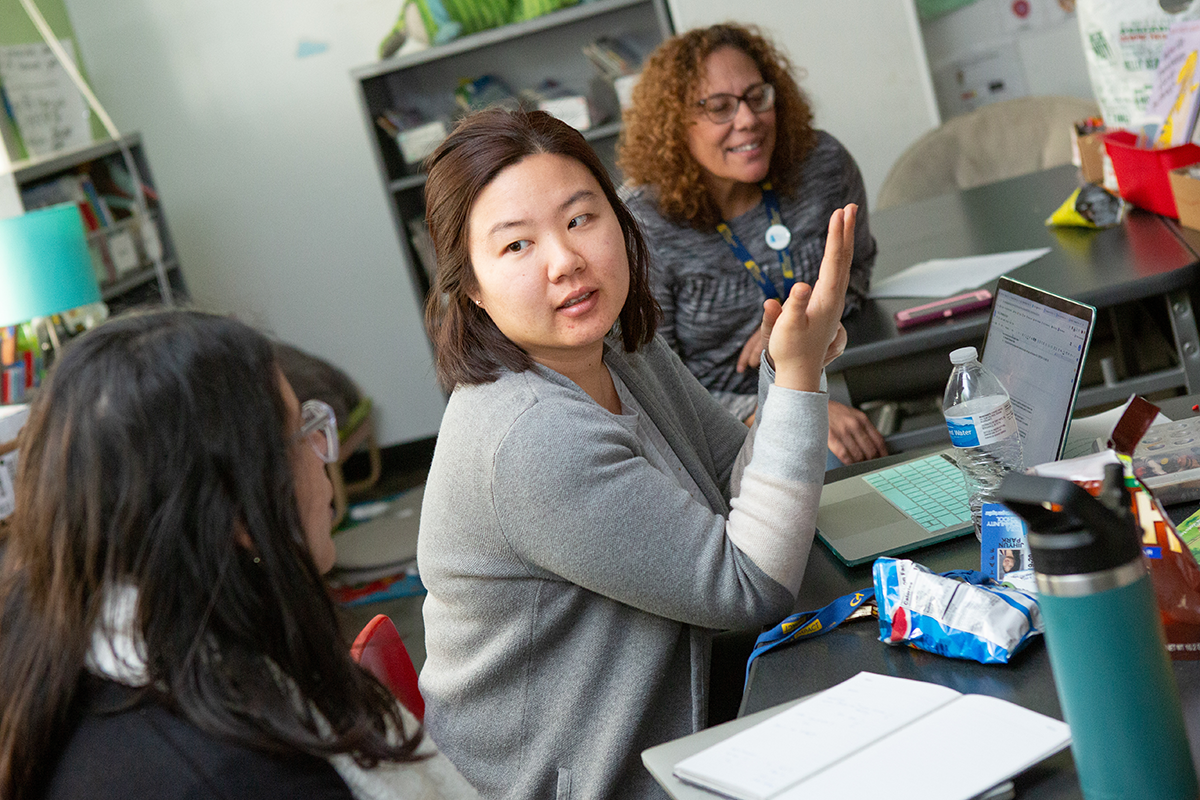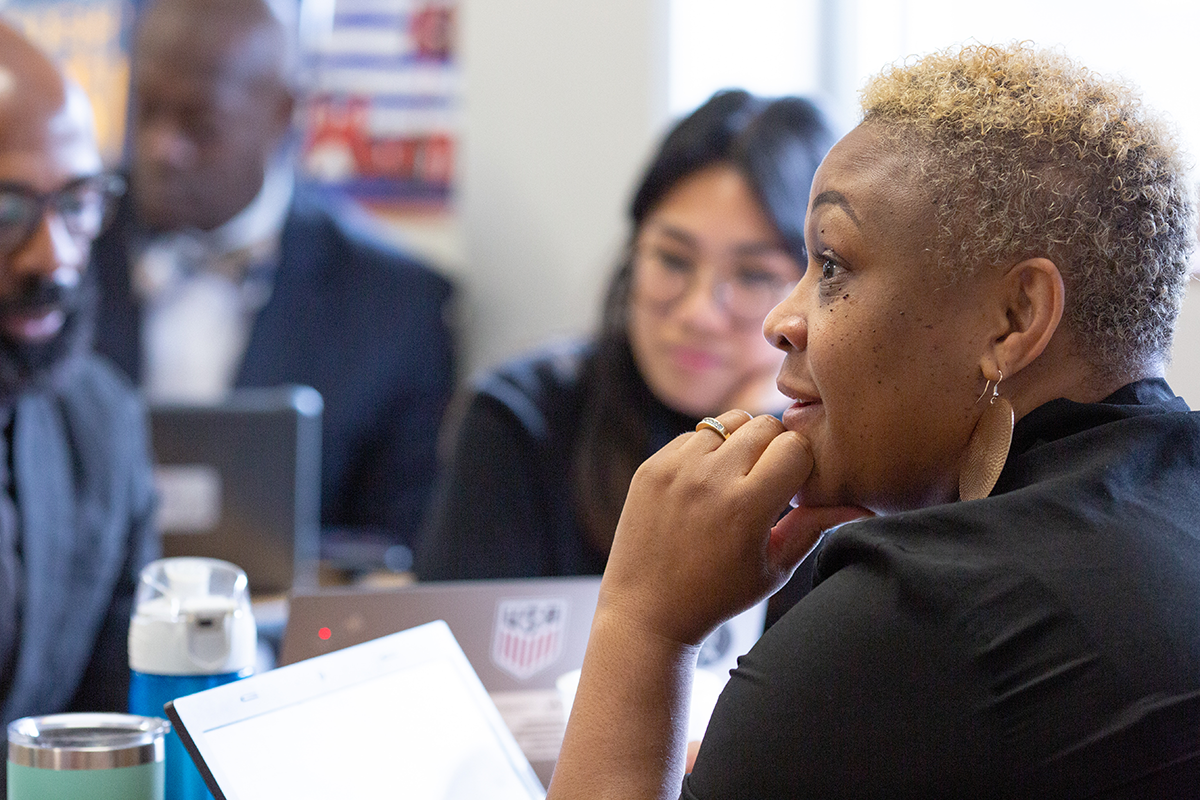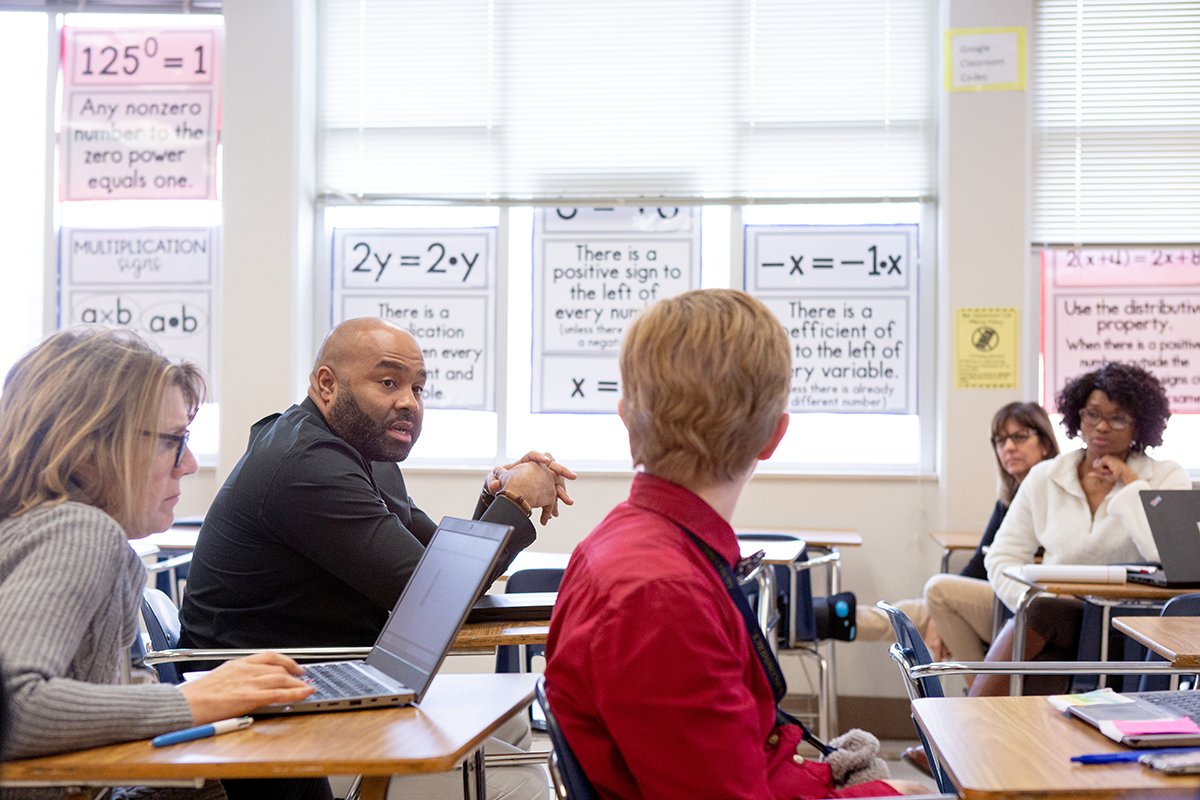You are here
Building your Interagency Transition Team
Overview
Collaboration among professionals and service systems is an important component of effective programs that support the transition of students with disabilities from school to adult life.
Collaboration can be defined as:
A formalized relationship and process that maximizes the expertise and perspectives of students, parents, educators, VR counselors, and others.
The relationships and processes should promote individualized services, supports, and activities for the students.
Roles and responsibilities of each partner should be designed and focused on individualized student post-school outcomes.
If you do not currently have an interagency team, this is the first step in developing collaborative partnerships. Developing a robust transition system and a seamless transition to adult life for students with disabilities depends upon functional linkages between schools, VR, and a variety of adult service and community agencies. The purpose of the Sequence of Services is to link systems in order to coordinate the delivery of services, share information, solve problems, and continue to build a stronger structure to improve post-school outcomes for students. To do this, local systems need to identify those key agencies that can provide the critical services to help students have a seamless and successful transition from secondary education to adult life. The intent is to bring partners together as a team to foster their collective expertise and combined resources to improve quality of transition planning and post-school outcomes. Clear roles and responsibilities need to be defined for each professional on the cross-functional team to reduce gaps in service delivery, minimize duplication of services, and decrease unnecessary expenses.
Partners to Consider
|
Service |
Schools |
Parent |
Family |
||||||
|---|---|---|---|---|---|---|---|---|---|
|
Self-Advocacy |
X |
X |
X |
X |
X |
X |
X |
*(CCBs are local)
Team Responsibilities

The entity identified to lead the Interagency team is responsible for convening the partners, establishing the meeting structure, facilitating the meeting, and serving as the primary communicator among all partners. All members of the team should feel a sense of ownership and commitment in order to get the work done. To achieve this intent, the team should:
- Establish and reflect a common vision (e.g., positive post school outcomes for students with disabilities).
- Agree on goals that are obtainable.
- Hold regular team and work group meetings.
- Develop well-planned agendas.
- Empower all team members to be active and equal members.
- Promote shared decision-making.
- Clarify roles and responsibilities of each team member.
- Establish mechanism for ongoing communication among all partners
Setting-up periodic times to review the progress of the collaborations will allow partners an opportunity to assess overall progress to their goals and the impact of their collaborative efforts. For the overall system evaluation, meeting in the fall to set the course of action for the school year is recommended as well as a spring meeting to evaluate progress and identify what worked well and areas to improve. As improvement opportunities are identified, partners may want to identify one or two areas on which to concentrate their improvement efforts. Once one or two areas have been identified, partners can strategize on how best to tackle improvements for the next school year. The intent of an annual evaluation is to set the direction for the next year’s planning and promote continuous improvement in the partnership.
Administrative Support
Building solid collaborative partnership between agencies on your team requires administrative support from all entities. The importance of gaining administrative support cannot be overstated and should be one of your first steps when bringing a team together.
Administrators can set the tone for the partnership as well as provide support to ensure staff have the time to plan, implement, and evaluate their joint work. Having the school building administrator’s understanding and support, can help promote easier access to the school environment and students. In a larger school district, you may need to initially work with a Director of Special Education or Student Services and later, the school Principal. In smaller school districts you may be able to start with the school principal.
The key is that school administration and front office staff must be aware and supportive of partner’s role and presence in the schools.

Impact of Collaboration
Below are some findings from researchers on the impact of collaboration:
- When students with disabilities access collaborative services during high school, they are more likely to experience positive post-school outcomes (Noonan, Gaumer-Erickson, & Morningstar, 2013; Test, Mazzotti, et al., 2009).
- Collaboration is effective when there is a direct focus on outcomes for students and the systems that serve them – rather than merely referring them for a "hand off" to the next responsible party (Luecking & Luecking, 2015).
- Effective teams work to achieve a direct outcome for students served, rather than simply coordinate a "hand off" to the next available post-secondary service (Fabian, Simonsen, Deschamps, Shengli, & Luecking, 2016).
- Collaboration between schools, VR, and other partners is effective with a clear and compelling rationale for staff to work across agency lines (Fabian & Luecking, 2015).
- Strategies for effective interagency collaboration include: flexible scheduling and staffing; follow-up; administrative support; technical assistance supported by the state; ability to build collaborative relationships; agency meetings with families and students; students and families training; joint staff training; and dissemination of information (Noonan, Morningstar, & Erickson, 2008).





Connect With Us





